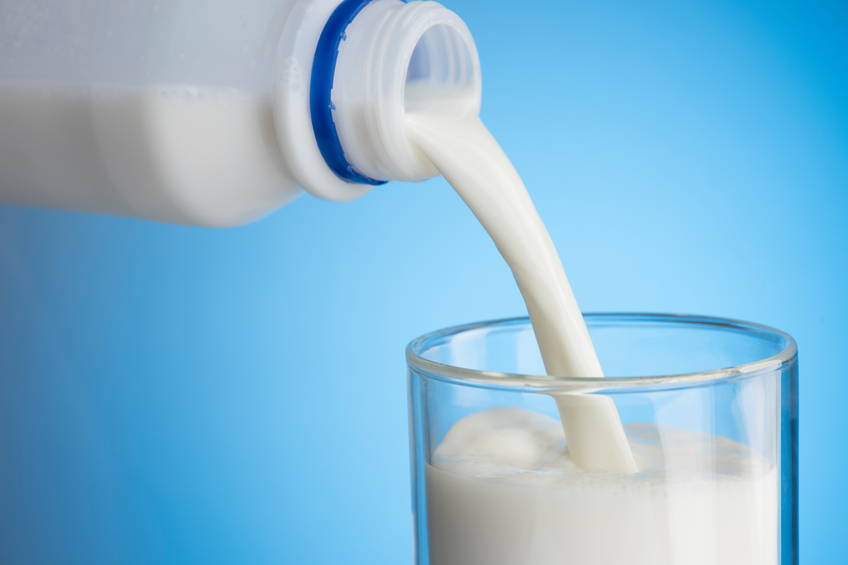5 Deceptive Food Packaging Claims

Cornering Millennials With the Right Packaging
August 3, 2016
Build Brand Loyalty with Performance Packaging
August 9, 20165 Deceptive Food Packaging Claims
Today’s consumers do more research into food labeling and actual ingredients than ever before. Informed buyers want to really know what ingredients have been included in their food and whether the claims being made are actually true. There are some slick marketing tactics that make products appear to be nutritious whole foods when in all actuality they are jumping on popular bandwagons to sell more product. There are five claims in particular to be wary of and understand what they mean when labeling and purchasing products.
- Natural. The claim made on packaging that what you are buying is “natural” does not always mean healthy or even that the product really is natural. In fact the U.S. FDA has no formal definition of what “natural” actually means. Even if every ingredient in the product is derived from a natural source it still may be full of sugar and not nutritious in any way.
- Licensed dieticians will tell you any fruit or vegetable in its whole form is a superfood. Generally though, this term is labeled on the newest craze or trend in foods or supplements. Can you say pomegranate or acai berry?
- Unprocessed. If a food has even been cleaned, cut, and packaged for convenience then it is processed. For those looking for genuinely unprocessed foods look no further than the produce section at your grocery store.
- The term multigrain can be misleading as it is easy confuse with the labeling whole grain. Multigrain simply means more than one grain was used in the product. Whole grain means all of the grain was used and is considered healthier and more nutritious.
- Free Range. There are no strict regulations about the use of these terms. Many of these eggs marketed as free range simply means the hens were allowed 5 minutes of free time outdoors.





